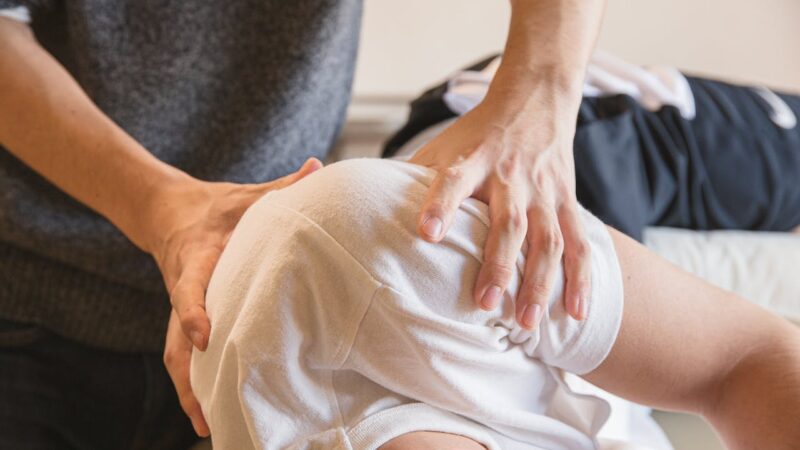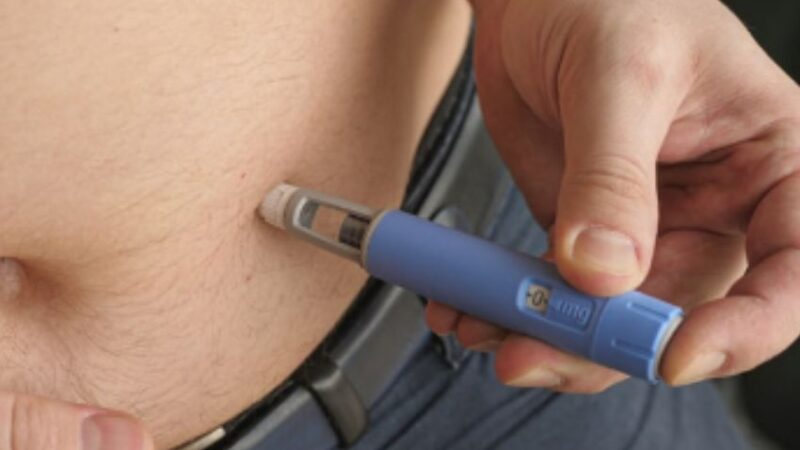Signs You Need a Deep Tissue Massage
In today’s fast-paced world, stress, anxiety, and fatigue are common problems that people face. While there are many ways to deal with these issues, one effective way is to get a deep tissue massage. A deep tissue massage uses slow, firm pressure and targeted techniques to help relieve muscle tension and pain. Find out here the signs that you need a deep tissue massage and how to prepare for and take care of yourself after a deep tissue massage.
What is a Deep Tissue Massage?
A deep tissue massage is a therapeutic massage designed to target the deeper layers of muscles and connective tissue. It involves using slow, deep strokes and intense pressure to reach the underlying tissues and muscles. During a deep tissue massage, the massage therapist will use their fingers, thumbs, and elbows to apply pressure to specific areas of your body. In turn, it can help break up adhesions and scar tissue, leading to increased mobility, improved flexibility, and reduced pain.
Signs You Need a Deep Tissue Massage
If you’re experiencing any of the following signs, it may be time to consider getting a deep tissue massage:
Sign #1: Chronic Pain
If you’re dealing with chronic pain, a deep tissue massage might be a good option to explore. This type of massage can help relieve pain by targeting the deeper layers of muscles and connective tissue. As a result, it helps to improve circulation and reduce inflammation, which can alleviate chronic pain. A deep massage can also help with other conditions like musculoskeletal disorders, such as arthritis or fibromyalgia, to reduce pain and improve overall function. Releasing tension in the muscles and connective tissues can help improve the range of motion and reduce stiffness, which can help improve overall mobility and reduce pain.
Sign #2: Limited Range of Motion
Your daily activities are compromised when you have a limited range of motion. It’s understandably quite frustrating. If you have this issue, a deep tissue massage might be just what you need to help. It can help improve flexibility and range of motion by releasing muscle and connective tissue tension. By targeting specific areas of tension in the body, a deep tissue massage can help to break up adhesions and knots in the muscle, allowing the muscle to relax and loosen. In turn, it can help to reduce the pain that makes it difficult to move by improving it.
Sign #3: Muscle Tension & Tightness
Muscle tension and tightness can stem from various sources. Beyond medical conditions, it can occur from poor posture, stress, and aging since our muscles and connective tissues can become less flexible. Whatever might be causing it, a deep tissue massage can provide a viable solution for all issues. A deep tissue massage uses slow, firm pressure and friction to target the deeper layers of muscle tissue, which can help release areas of tension and tightness often not reached by other types of massage. In essence, it ultimately helps alleviate muscle tension while promoting relaxation that will reduce the stress that caused the muscle tightness.
Sign #4: Reoccurring Headaches
Deep tissue massage can help with headaches by addressing the underlying causes of tension and tightness in the neck and shoulders that can contribute to headache pain. Often, headaches are caused by tension in the neck and shoulder muscles, which can result from poor posture, stress, and other factors. It can help to release tension in these muscles, which can help to reduce the frequency and severity of headaches. Overall, a deep tissue massage can be an effective way to address the underlying causes of headaches and can provide relief from pain and discomfort associated with it.
Sign #5: Recovery From Injury
A deep tissue massage can assist in recovery from various injuries. For sports injuries, deep tissue massage can help to promote healing and reduce inflammation in the affected area. By increasing blood flow to the area, deep tissue massage can help to deliver oxygen and nutrients to the injured tissues, which can help speed up the healing process. It can also help relieve muscle tension and improve the range of motion, which can help prevent future injuries. Additionally, it can help with repetitive strain injuries, such as carpal tunnel syndrome or tennis elbow.
How to Prepare For a Deep Tissue Massage
Before getting a deep tissue massage, there are a few things you can do to prepare:
- Drink plenty of water to help hydrate your muscles
- Avoid eating a heavy meal before your massage
- Wear comfortable, loose-fitting clothing
- Communicate with your massage therapist about any specific areas of concern or pain
The Process of a Deep Tissue Massage
During a deep tissue massage, you will lie on a massage table and be covered with a sheet or towel. Your massage therapist will use slow, firm pressure and targeted techniques to help relieve muscle tension and pain. They may use their hands, fingers, forearms, or elbows to apply pressure. You may feel discomfort during the massage, but it should not be painful. Be sure to communicate with your massage therapist about any pain you are experiencing.
Deep Tissue Massage Aftercare
After a deep tissue massage, there are a few things you can do to take care of yourself:
- Drink plenty of water to help flush out toxins
- Avoid heavy lifting or strenuous exercise for the rest of the day
- Take a warm bath or shower to help relax your muscles
- Apply heat or ice to any sore or tender areas
- Rest and relax for the rest of the day
A deep tissue massage can effectively relieve muscle tension and pain, improve circulation, and promote relaxation. If you’re experiencing chronic pain, limited range of motion, muscle tension and tightness, reoccurring headaches, or recovering from an injury, a deep tissue massage may help. By preparing properly and taking care of yourself after the massage, you can improve the effectiveness of the treatment and help ensure a speedy recovery.

Deepa Mahar is an independent blogger and admin of DeepAdvices who is exploring the beauty of the blog writing from a variety of subjects and books to health, science and others. She believes the blog would be helpful to the reader in the context of knowledge. She is post-graduated with a degree of Biotechnology.





